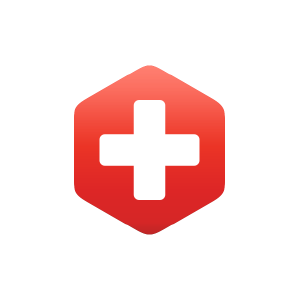8.14: VIII Glossary
- Page ID
- 70401
Ambulation: A medical term used for walking.
Bariatric lifts: Mechanical lifts that support a client weighing 600 or more pounds.
Body alignment: Good posture principles that prevent musculoskeletal injuries.
Bony prominences: Areas of the body where a bone lies close to the skin’s surface, such as the back of the head, shoulders, elbows, heels, ankles, tops of the toes, hips, and coccyx.
Chemical restraint: A drug used to manage a patient’s behavior, restrict the patient’s freedom of movement, or impair the patient’s ability to appropriately interact with their surroundings, that is not standard treatment or dosage for the patient’s condition.
Coccyx: Tailbone.
Dangle: Sitting up on the edge of bed for a few minutes before standing to prevent orthostatic hypotension and dizziness.
Foam boots: Specialized soft boots used to support the ankles and keep the heels floated off the bed.
Foot cradle: A device used to keep the sheets and blankets off the tops of a client’s toes.
Fowler’s position: A position where the client is lying on their back with their head elevated between 30 and 90 degrees.
Friction: Injury caused to skin when it is rubbed by clothing, linens, or another body part.
Hand mitt: A large, soft glove that covers a confused patient’s hand to prevent them from inadvertently dislodging medical equipment such as a catheter, feeding tube, or intravenous (IV) catheter.
Immobility: The loss of independent control of one’s body to change positions and function safety within the environment.
Lateral (side-lying) position: A position that places the client on their left or right side to relieve pressure on the coccyx or increase blood flow to the fetus in pregnant women.
Mobility: The ability to move one’s body parts, change positions, and function safely within the environment. It is one of the most important factors for remaining independent.
Orthostatic hypotension: A sudden drop in blood pressure that can cause clients to feel dizzy and increase their risk for falls.
Orthotic: A support, brace, or splint used to support, align, prevent, or correct the function of movable parts of the body.
Physical therapists: Health specialists who evaluate and treat movement disorders.
Pressure injuries: Localized damage to the skin or underlying soft tissue, usually over a bony prominence, as a result of intense and prolonged pressure and/or shear.
Prone position: A position where the client is placed on their stomach with their head turned to one side.
Prosthetics: An addition or attachment to the body that replicates the function of a lost or dysfunctional limb.
Restraints: Devices used in health care settings to prevent patients from causing harm to themselves or others when alternative interventions are not effective.
Seclusion: The confinement of a patient in a locked room from which they cannot exit on their own. It is generally used as a method of discipline, convenience, or coercion.
Shear: Injury to skin that occurs when skin moves one way, but the underlying bone and muscle stay fixed or move the opposite direction.
Sims’ position: A position similar to the lateral position, but the client is always placed on their left side and their left arm is placed behind their body.
Skin tear: A separation of skin layers caused by shear, friction, and/or blunt force.
Supine position: A position where the client is lying flat on their back.
Transfer status: How a resident moves from one place to the other, such as from a bed to wheelchair or a wheelchair to toilet.
Transfer status orders: Orders that establish how much assistance is required for moving a client based on how much body weight they can independently bear and how much weight an assistant is required to support. Transfer status orders include independent, contact-guard-assist (CGA), 1 assist (1A), 2 assist (2A), sit-to-stand lift, or full-body mechanical lift.
Vertigo: A sensation that the room is spinning.

